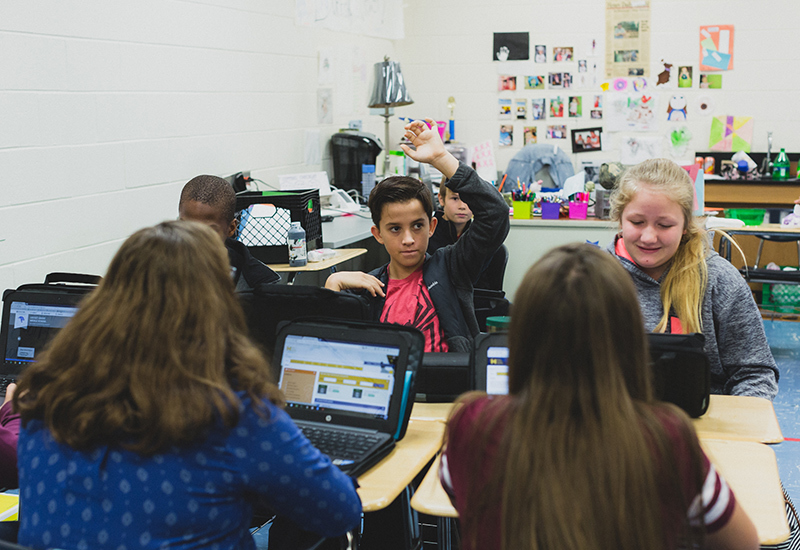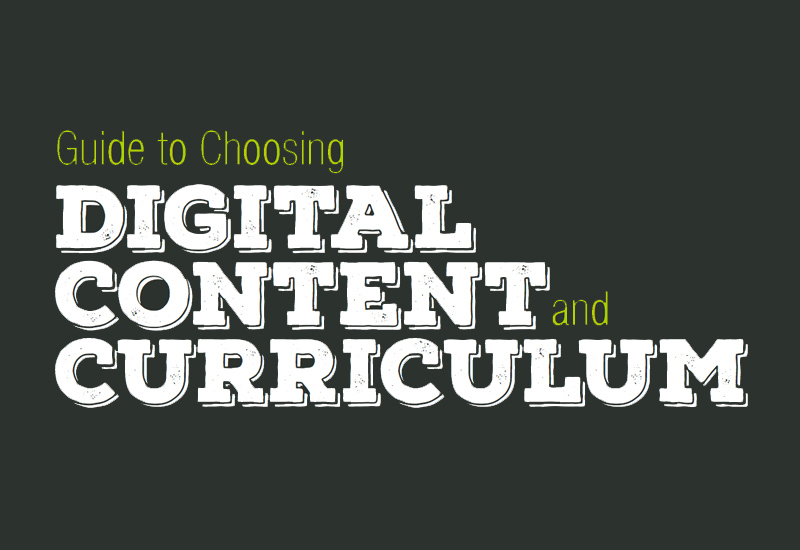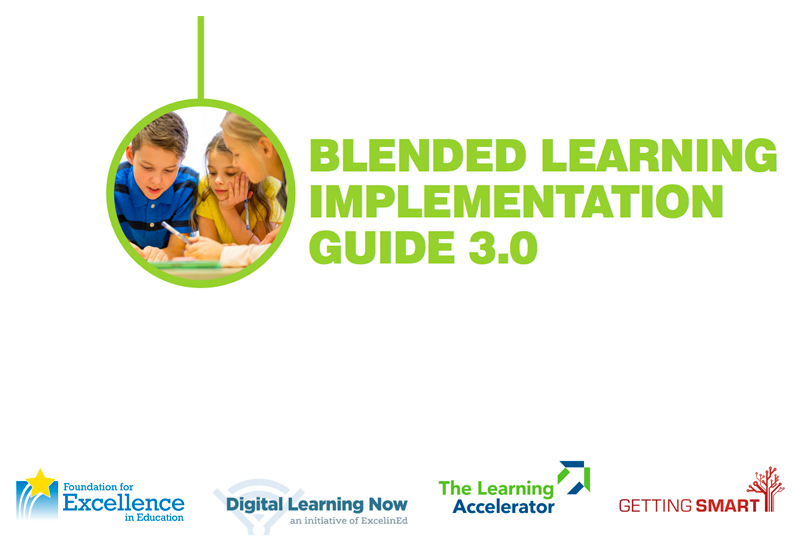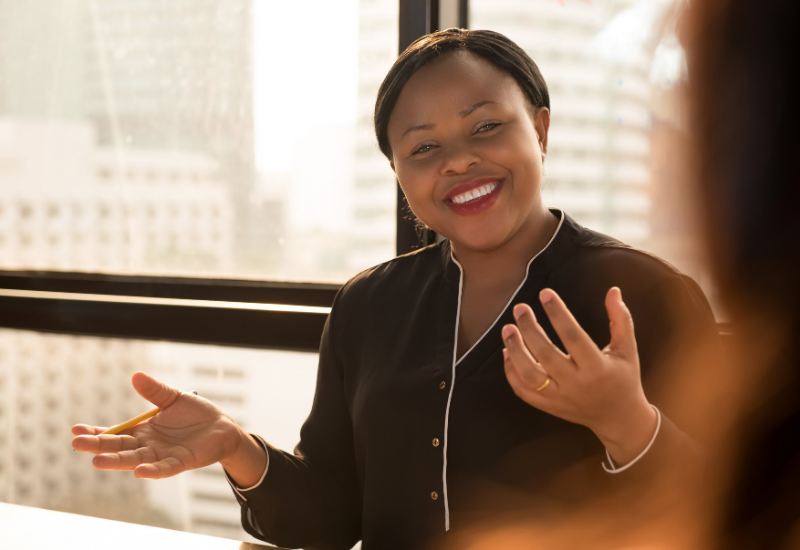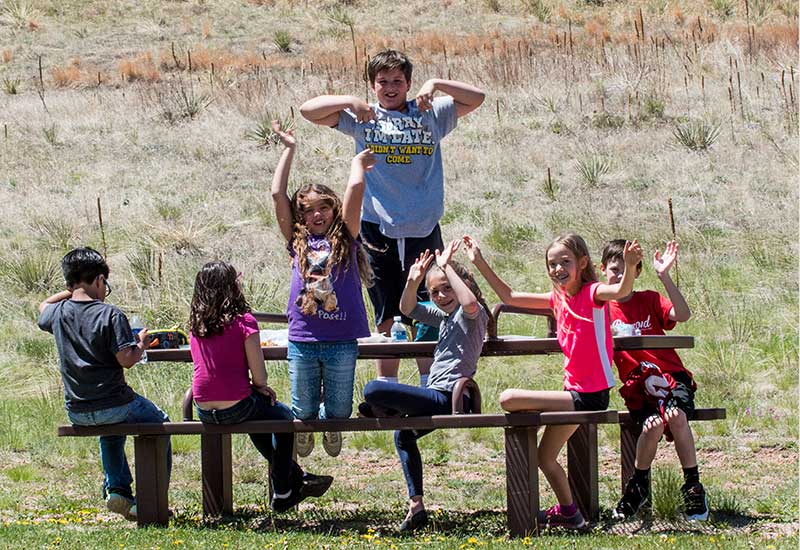Overview
Challenge: How to engage the entire district in a conversation around equity and change the culture of the system.
Context: Baltimore County Public Schools (BCPS), MD has seen considerable change over the past 30 years as it’s gone from a primarily white district to one that is much more diverse. It currently serves just over 113,000 students who come from 117 different countries and speak more than 90 languages. After a change in administration, leaders in BCPS embarked on a “listen and learn” tour of the system. Again and again, regardless of topic, people spoke about inequities that existed within the district. Dr. Lisa Williams, the Executive Director of the Office for Equity and Cultural Proficiency, explains, “The data were describing how the student population was changing and how we were failing to respond.”
Action Steps: BCPS leaders believed that in order to seed the district as a whole for any kind of cultural transformation, the work had to begin with its leaders. “Conversations about equity are inherently political because you’re talking about allocation of resources and people have been taught to think about winners and losers,” she says. “But if we shy away from those conversations then those who have power, those who make the decisions that have implications for the whole system, will keep producing the same results, even if unintentionally.” BCPS began the equity conversation at the leadership level by:
- Asking those with the most formal power, the district leaders, to examine what elements of the system as a whole might be producing inequitable outcomes, especially for its most marginalized students. Part of this process was to disaggregate system data in new ways so leaders could see how different groups of students had different experiences and different outcomes
- Adopting an equity policy that set clear targets for how the system would work to better serve all students in the community
- Conducting interviews and focus groups with teachers and students to better understand their day-to-day experiences
By training principals and central office administrators first, the district could then hone in on schools with the greatest need knowing leaders could support the change.
Dr. Williams emphasizes the importance of leaders focusing on systemic structures, rather than finding people to blame. “You have to start with the assumption that everyone cares and wants to do their best. No one goes to work with the intention of under-serving students. That said, you have to create the culture and the structures for these conversations to happen. If the thinking doesn’t change, the system won’t change.”
Strategy Resources
Equity in Baltimore County Public Schools
Video showing an overview of equity-focused strategies being implemented in BCPS. Learn More
Problem of Practice: Prioritize Need vs. Prioritize Readiness
This guide unpacks the relative benefits of allocating resources based on the need versus the... Learn More
Not Available

























